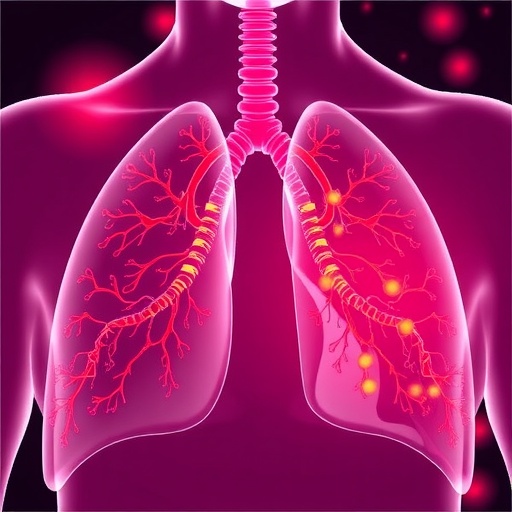WASHINGTON D.C., February 9, 2017 — Researchers in Singapore and China have collaborated to develop a self-powered photodetector that can be used in a wide range of applications such as chemical analysis, communications, astronomical investigations and much more.
Typically, photodetectors require an external voltage to provide the driving force for separating and measuring photo-generated electrons that comprise the detection. To eliminate this need, the research team led by Junling Wang and Le Wang at Nanyang Technological University in Singapore developed a novel, sensitive and stable photodetector based on a semiconducting junction called a GdNiO3/Nb-doped SrTiO3 (GNO/NSTO) p-n heterojunction. An inherent electric field at the GNO/NSTO interface provides the driving force for efficient separation of photo-generated carriers, eliminating the need for an external power source.
In addition to its self-powered feature, Wang and his team report tuning the material properties to achieve broad sensitivity. For these compounds, most research work thus far has focused on studying the origin of metal-insulator transition, but this team took a different approach.
The properties of perovskite nickelates, the category of solar cell materials in which this structure falls, are very sensitive to oxygen content. This sensitivity enables fine tuning of the final electronic structures by varying the oxygen environment during film deposition (constructing the heterojunction).
"Our work is novel and confirms that nickelates films have tunable band gaps with changing of the oxygen vacancy concentration, which makes them ideal as light absorbing materials in optoelectronic devices," said Wang. "Using the self-powered photodetector we designed, we study its photo responsivity using light sources with different wavelengths, with significant photo-response appearing when the light wavelength decreases to 650 nanometers." Wang said.
A significant challenge in developing this photodetector was determining the correct band structure, or energy structure available to electrons, of the 10 nanometer thick GNO films.
"To obtain the band structures, we used both spectroscopic ellipsometry measurements and ultraviolet photoelectron spectroscopy (UPS) measurements," said Wang. Using the deduced values for the optical bandgap from these measurements, along with known limits and values for GNO films, they could plot the energy levels and work functions of the various components in the devices.
The team hopes to explore more materials with similar features. "One of the remarkable features of nickelates […] is the dependence of their physical properties on the chosen rare earth element," said Wang. "Thus far, we have only studied GdNiO3 film, but besides that we can also investigate other "R"-NiO3 films where "R" can be Nd (neodymium), Sm (animony), Er (erbium) and Lu (lutetium) and study their potential applications in the photodetector."
The team also plans to improve the performance of the photodetector by adding an insulating SrTiO3 (STO) layer sandwiched between the GdNiO3 film and NSTO substrate.
This novel work has great potential for applications using optoelectronic devices. "We believe that this paper will stimulate further studies and enlarge the potential applications of systems based on nickelates," said Wang.
###
The article, "Self-Powered Sensitive and Stable UV-Visible Photodetector Based on GdNiO3/Nb-doped SrTiO3 Heterojunctions," is authored by Le Wang, Lei Chang, Xinmao Yin, Lu You, Jia-Li Zhao, Haizhong Guo, Kuijuan Jin, Kurash Ibrahim, Jiaou Wang, Andrivo Rusydi and Junling Wang. The article appeared in Applied Physics Letters on Jan. 24, 2017 (DOI: 10.1063/1.4974144) and can be accessed at http://aip.scitation.org/doi/full/10.1063/1.4974144.
ABOUT THE JOURNAL
Applied Physics Letters features concise, rapid reports on significant new findings in applied physics. The journal covers new experimental and theoretical research on applications of physics phenomena related to all branches of science, engineering, and modern technology. See http://apl.aip.org.
Media Contact
AIP Media Line
[email protected]
301-209-3090
@jasonbardi
http://www.aip.org
############
Story Source: Materials provided by Scienmag




